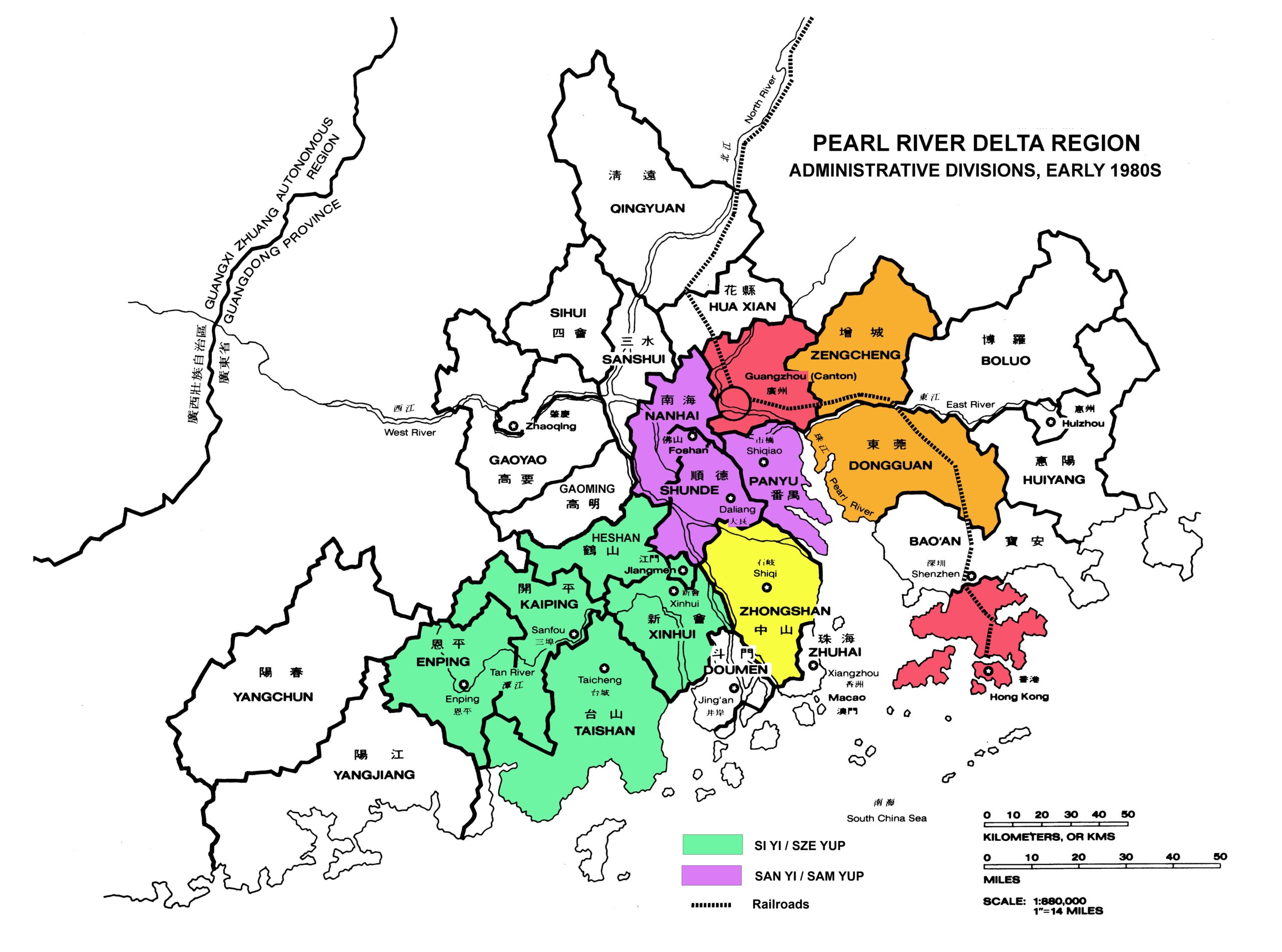Funding for this project was provided by the The David and Pearl Louie Family Foundation and Cathay Bank
Chinatown Associations: Anchors of the Community
Chinatown Associations: Anchors of the Community
Chinatown Associations: Anchors of the Community spotlights various family and district organizations located in Los Angeles Chinatown. This exhibit aims to describe how these organizations came into being and to characterize their lasting impact on the Chinese American community. While the associations exemplify the lasting resilience and solidarity within Chinese America, they are under-recognized in major historical discourse. By engaging in place-based history, this project works to unravel and preserve the memory of the associations that shaped the very communities we live in today.
Los Angeles Chinatown is home of many stalwart community organizations that serve Chinese Americans and others in the Southland. Prominent amongst this complex community network is the Chinese Consolidated Benevolent Association 中華會館 (CCBA), now a conglomerate of 27-member groups. But there are many other civic, religious, professional, political, social, business, and social service organizations. In this project, we study a sample of seven members of the CCBA – and the CCBA itself. Here is a focus of the history, problems, and accomplishments of longtime “huiguan” 會館.
Chinese American
Citizens Alliance
羅省同源會
Chinese Consolidated Benevolent Association
中華會館
Eng Family
Association
伍胥山公所
Fong Lun
Association
羅省鳳倫公所
Kong Chow Benevolent Association
洛杉磯岡州會館
Lee On Dong
Association
羅省李氏敦宗公所
Lung Kong Tin Yee
Association
龍岡親義公所
Wong Family Benevolent Association
黃氏宗親會
During the 19th century, the Chinese in America formed organizations to provide support for new immigrants. These “huiguan” 會館, which had centuries-old antecedents in China, were formed through commonalities between members, including origin, family lineage and surname, and one’s business operations. Some of the earliest of these organizations were San Francisco’s “Chinese Six Companies,” named after six clan or district associations representing those whose members hailed from Kong Chow 岡州, Ning Yung 寧陽, Sam Yup 三邑, Yeong Wo 陽 和, Hop Wo 合 和, and Yan Wo 人 和. Through their combined political and social reach, these associations worked to better the lives of the Chinese in America. Some of their functions included facilitating the arrival of new Chinese immigrants, whether to reunite family members or transport new labor, organizing general community medical and hospitalization services (the Chinese were often excluded from public hospitals), providing banking services to connect with relatives back in China, or fighting anti-Chinese legislation through legal counsel. As the immigrant population increased and more associations were established, Chinese Six Companies adopted the broader name of Chinese Consolidated Benevolent Association 中華會館. By 1870, affiliate organizations were forming in Los Angeles. As 19th century Chinese were discriminated as outsiders of American society, these associations allowed members to nurture relationships within their communities. Members engaged in many business and recreational activities. With some fraternal associations being referred to as “tongs” 堂 or “huiguan,” which literally means “gathering places,” they offered the Chinese Americans a space of their own.

